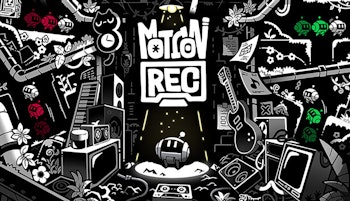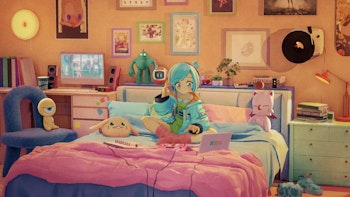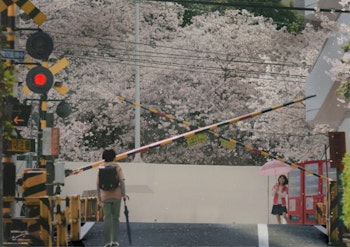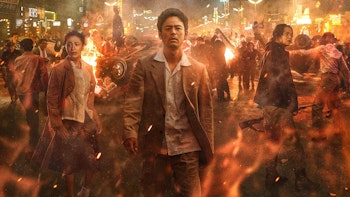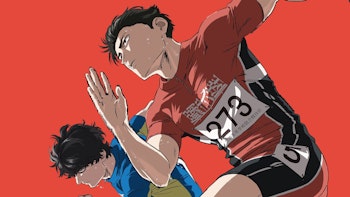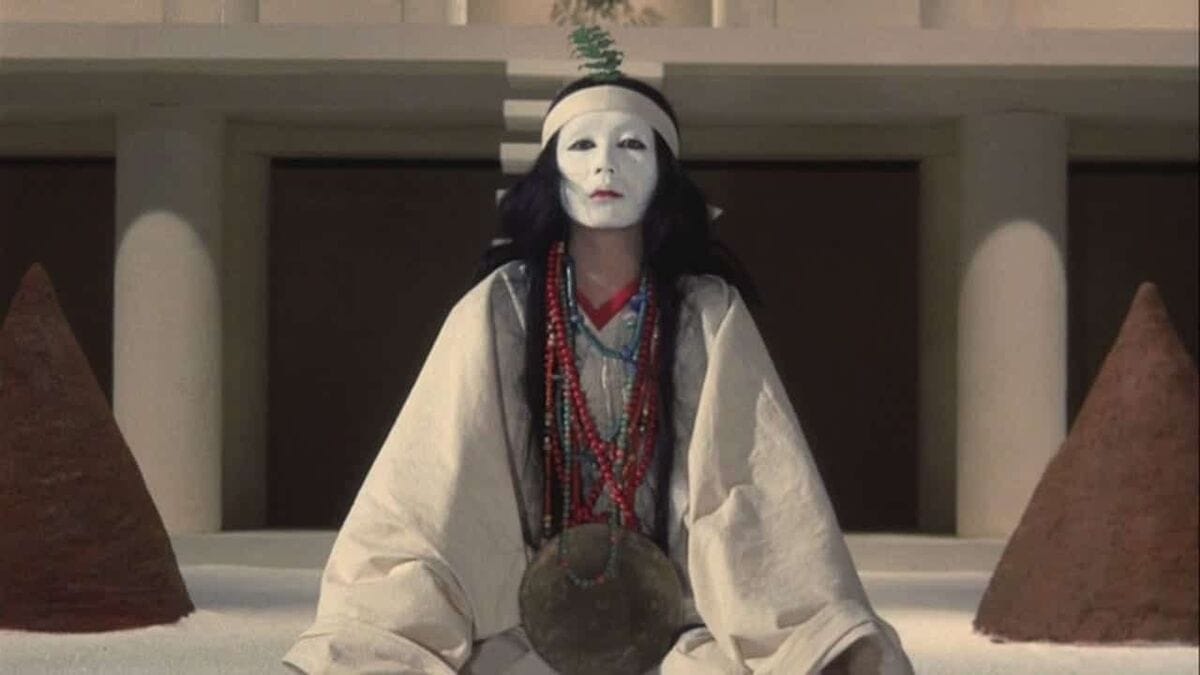
Globally, a creator like Nagisa Oshima is likely to be the first that comes to mind when thinking back to the revolutionary Japanese directors of the 1960s and 1970s. It’s a director like Masahiro Shinoda, however, who was perhaps one of the most revolutionary directors of the Japanese New Wave and the avant-garde cinema of this politically-charged era of Japanese postwar history. Even at a time when creators were stretching the possibilities of the medium to their limit, there’s a complexity and form-breaking visual depth to Shinoda’s films that few could replicate while remaining deeply critical of Japan’s past present.
With a career encompassing over 40 years of singular filmmaking, Shinoda recently passed away earlier this year at the age of 94, a death from which he was venerated and remembered by his peers and the broader filmmaking industry for his achievements during this time. Looking back on his career, this shouldn’t be a surprise. Coming of age in the industry and reaching the peak of his powers amidst a Japanese protest movement driven by student protests, anti-government sentiment and a growing militant left, the somewhat uneasy balance of Japanese society oozes into his work as his creations blending history and future weren’t immune to the shifting society beyond the camera lens.
Rather than capturing it directly, however, his view on the past would be one undeniably influenced by this present, experimenting with the ethereal nature of the medium to tie a thread between the events of the past or present underground in shaping current events. He could center those exploited or falling through cracks, or the images shaping human beliefs, focusing in with an almost-revolutionary zeal that even now modern films dare not replicate.
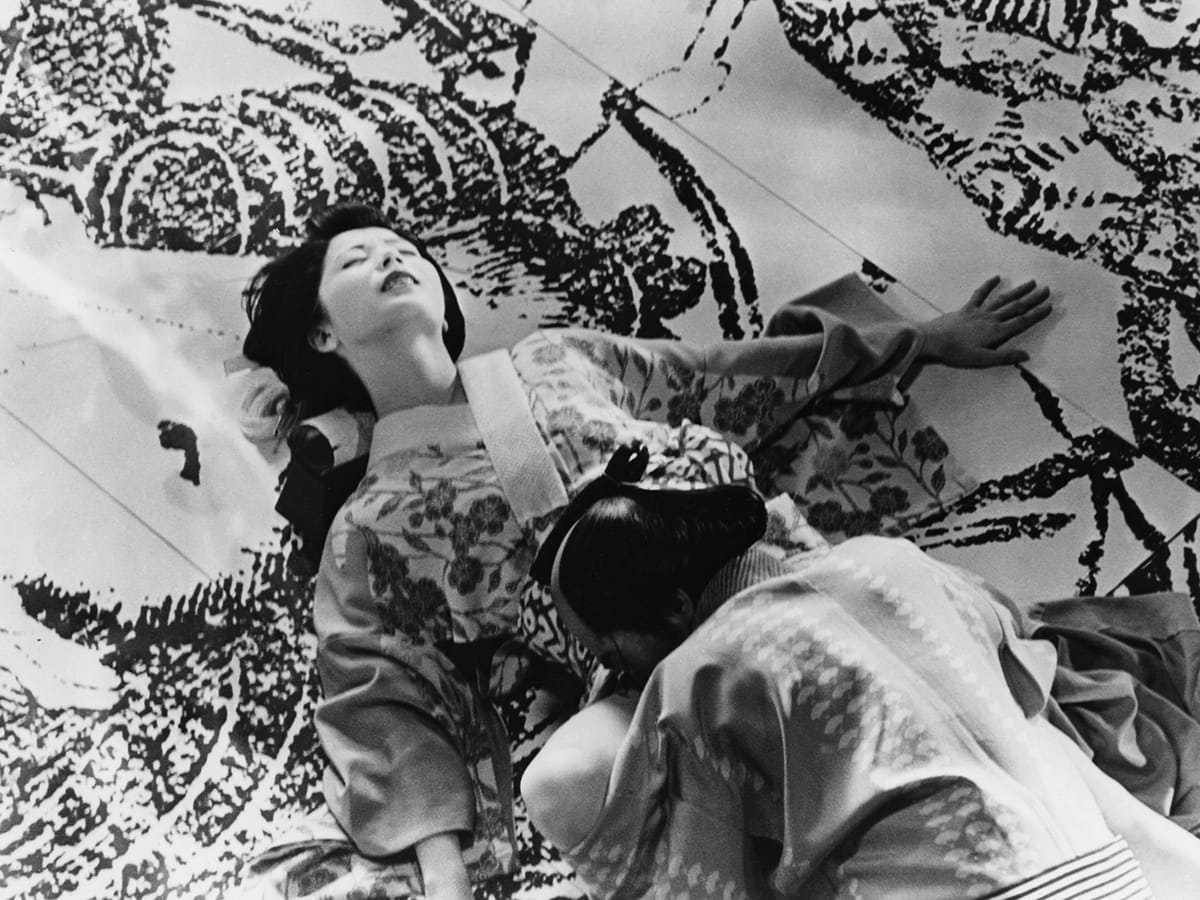
During this long career it was his work in the 1960s and 1970s that resonated most with audiences at home and abroad. Prior to that, after leaving Waseda University where he studied theater history, he plied his trade at Shochiku serving as assistant director to the likes of Yasujiro Ozu. Yet with a shift in Japanese views to cinema shifting with the post-war rise of the TV and a desire to capture new audiences, Shinoda was promoted at still a young age to become a full director. Though his style was yet to fully mature, he still created surprisingly radical films for his time. You can see his eye to highlight and center those beyond the mainstream in his debut, One Way Ticket to Love, and directly tackled the US-Japan Security Treaty protests with Youth In Fury.
The film that solidified his place as a key director of the moment would be Pale Flower, with Mariko Kaga (as Saeko) and Ryo Ikebe (as Muraki) playing two sides of a destructive couple in the underground gambling and drug rings with ties to the yakuza. Muraki begins the film a newly-freed man, leaving prison after serving time for his boss, only to find the power of his group and the various yakuza gangs to have shifted massively. Much of the strength for the 1960s yakuza is rooted in the underground gambling dens, which is here he finds Saeko. She’s a beautiful, youthful anomaly in these smoke-filled holes, betting without care on the hanafuda cards being played without a care for winning or losing. It’s about feeling alive.
Initially told to mind her in these places, the pair become close, enabling the other to fill the inner ennui with grand escapades and anything that can help them to feel alive. Their love exists, but it barely matters when the thing they both want more than love is to feel like they exist on this wretched plain. The drugs Muraki used to peddle and take, the money, even recognizing their own destruction doesn’t give them a safe ending.
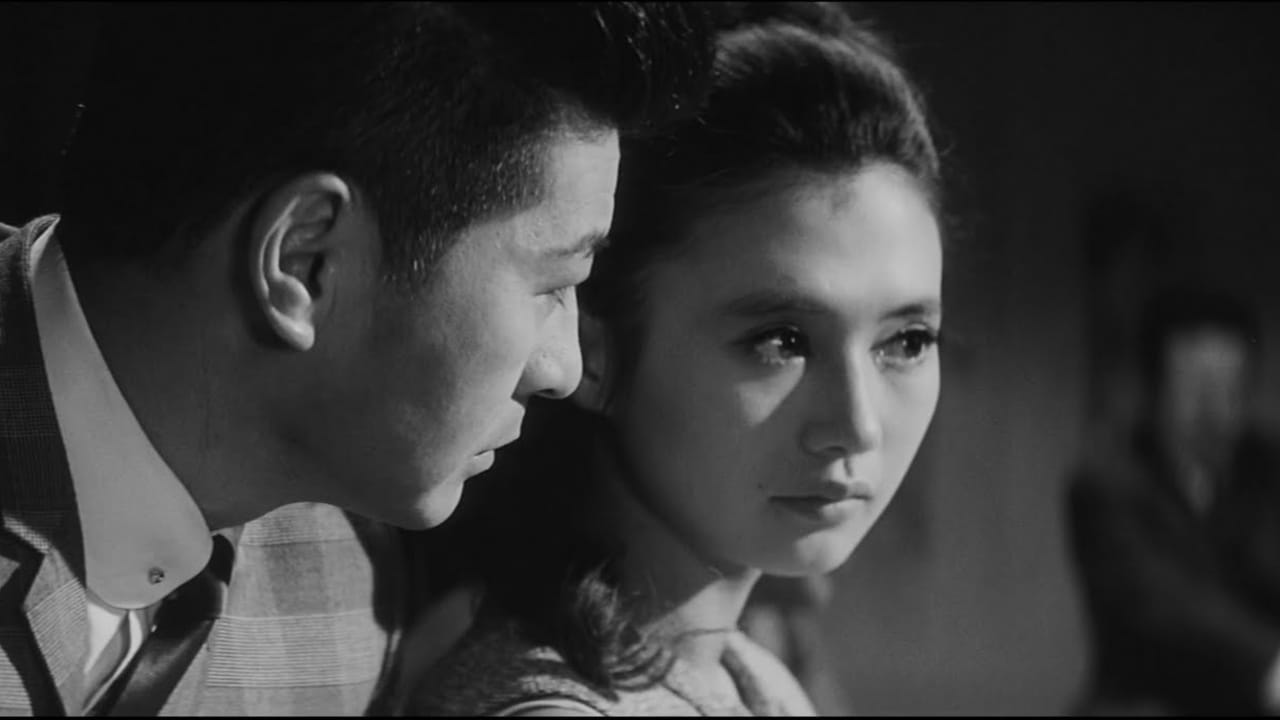
There’s a depressive, intoxicating core that drives into an empty desire of its audience to find a voice that matters in a changing world. To be in prison is to be frozen in time, and the place Muraki returns is near-unrecognizable. Saeko is the thing that grounds him, but seeing her engage with the drugs and dive into the nightlife you no longer find alluring, he questions if he should follow her further than he is willing to go. But it’s not just the emptiness being wondrously captured in two career-defining performances that makes the film so intoxicating, but how it’s shot.
Part of the reason Shinoda’s films feel so unique is that some of the techniques he freely employs to peer into the souls of his subjects are modernist in style, yet even then are rarely utilized. At his time, he was almost alone in using the camera in such a manner. This blend of old and new - the black-and-white, dated setting with a handheld camera that runs and zooms and jostles with the very action and silence with equal verve - truly brings the audience along on this doomed journey through the underground, tinging the thrills with a sense of disheartening inevitability that’s impossible to look away from. It’s an energy few replicate now, and even fewer then.
Even stepping away from the modern day, there’s a sense in how Shimoda ties the past to the present that stands him apart even from his contemporaries. Himiko is arguably the director at his best, a retelling of the myth of the Sun Goddess myth re-contextualized through the lens of how we discuss historical events today. What if the creation myth was real? The result is surreal, a Shinto origin story played straight that ties its ideas to the clashing ideologies of the modern day. In the context of the building of a future Japan, the differing gods and beings in this plain can be interpreted as the varied viewpoints of factions of society, portrayed in a dreamlike fashion where we as an omnipotent camera waft through grand temples and Japanese countryside as an onlooker towards this precursor world, before being thrust back into reality.
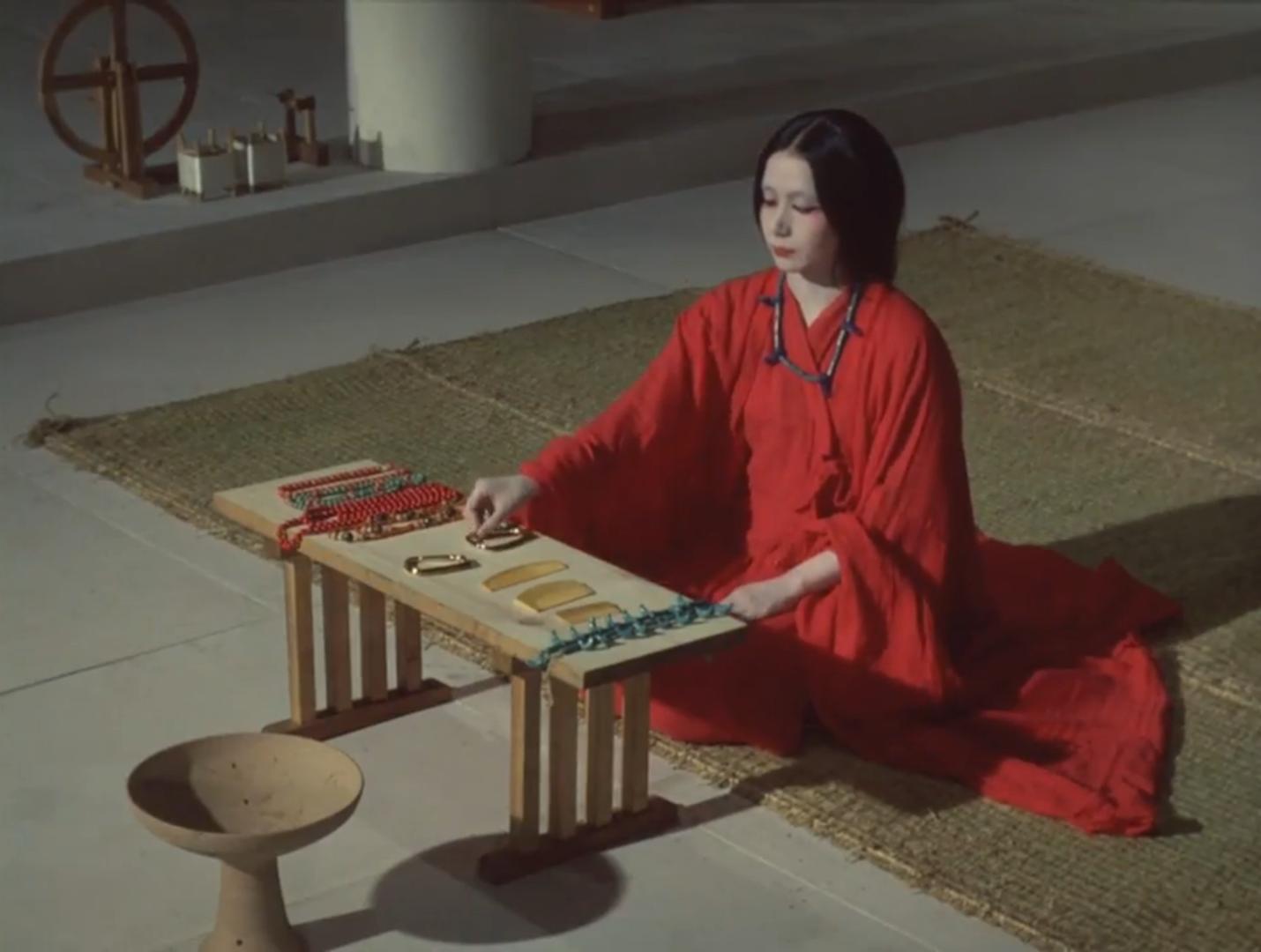
It’s part-theater and part-realist drama playing out both in the past and present, a result that feels unlike anything else. Double Suicide takes this a step further by bringing in traditional theater actors to bring the bunraku story to life. It employs the ideas of cinema in how a scene is framed, but by using traditional actors while distancing itself from realism, it allows the film to employ the meta aspects of these performances by addressing the audience directly or freezing the action, like the actors are mere puppets on strings. All of this without discussing the beautiful period costuming of both films, or the way the film's titular tragedy ties to the present in its protest to oppressive social systems.
In every Shinoda film, even those beyond his years at the forefront of the industry like Demon Pond, are determined to stretch the cinematic medium through musical and theatrical choices that employ from other Japanese storytelling to weave their existence into the fabric of Japanese life itself. The result is that few, before or since, could match his vision, whether he explored Japanese war and its aftermath or pondered the world he lived in through the parallels of the past.
While he didn’t create anything new in his final decades, his last film a bizarre Soviet spy biopic in 2003, his best films remained resonant to those who saw them for how they charted a path from Japanese past to present. Whether a film like Himiko or Double Suicide, I have no doubt they’ll continue to chart to the future, also.
